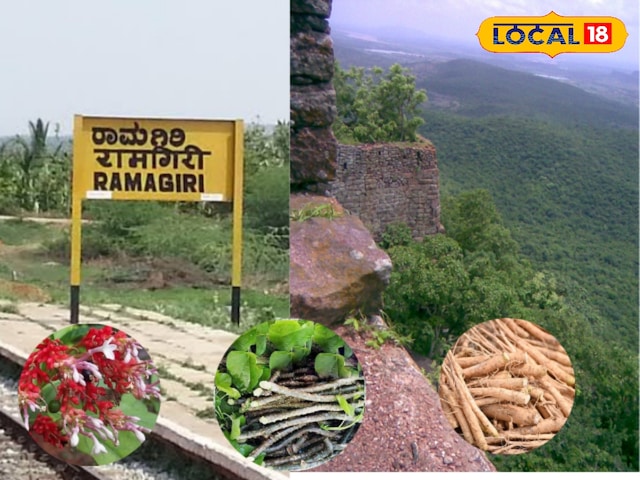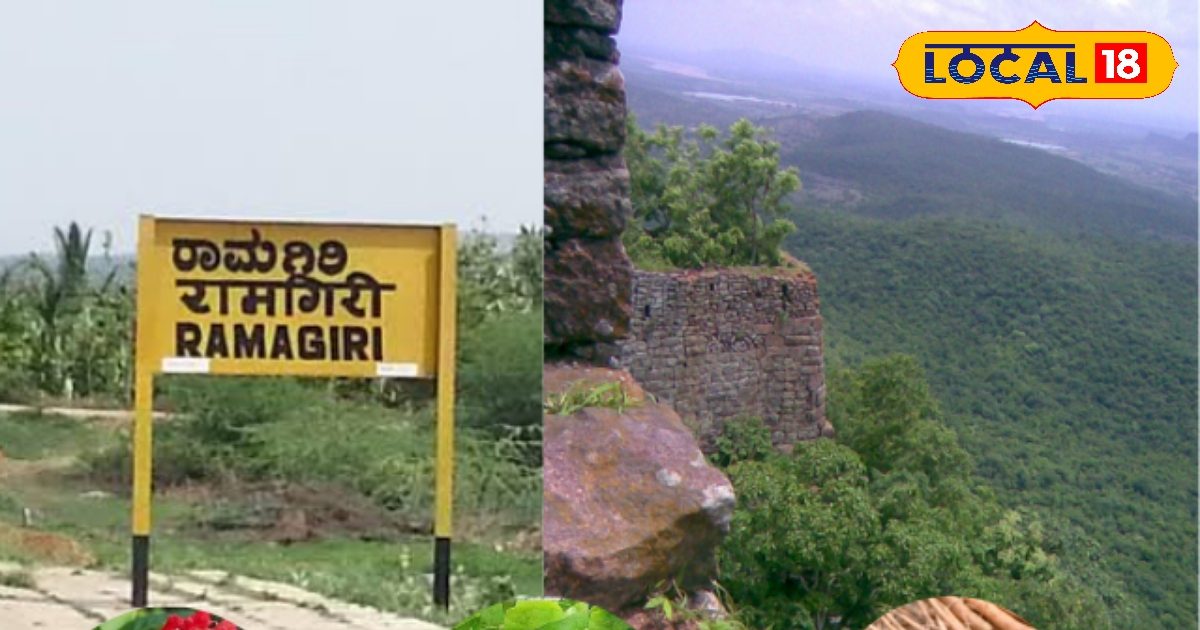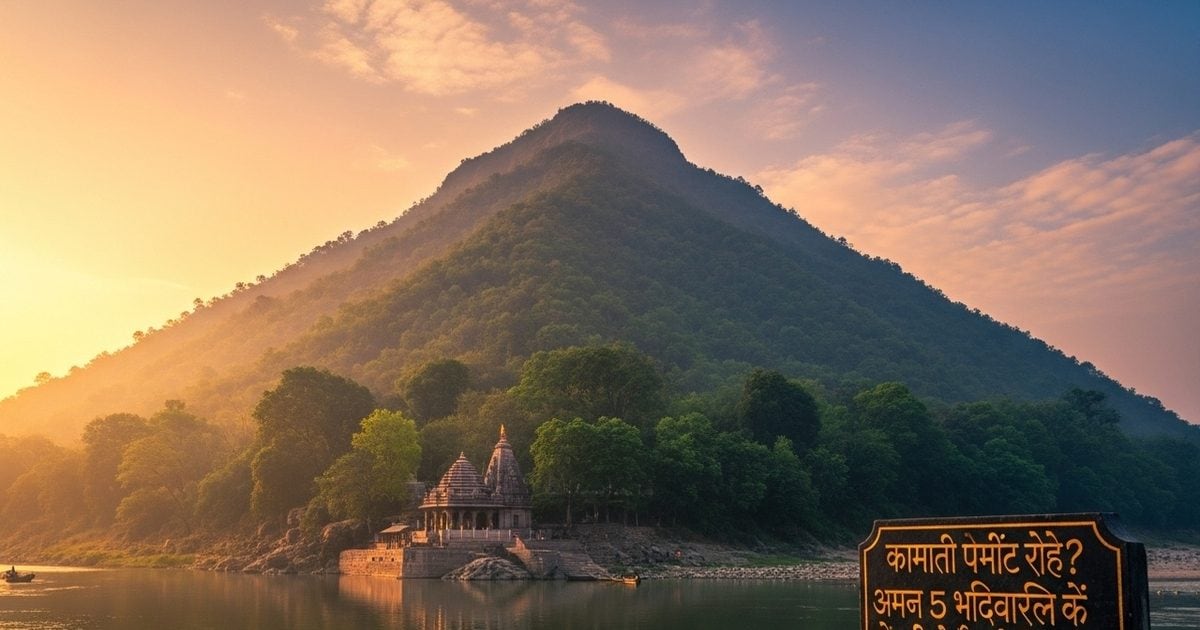Last updated:
Ayurvedic Medicinal Plants: Ramgiri Fort and One is located near Hyderabad, which is famous for Ayurvedic medicinal plants. Plants like Ashwagandha, Giloy, Sarpagandha and Tulsi are found here. This place is religious and historical …Read more

Ayurvedic medicine plants
Highlights
- Ramgiri Fort and Van are located near Hyderabad.
- Here Ashwagandha, Giloy, Sarpagandha and Tulsi are found.
- Ramgiri forest also has religious and historical significance.
Ayurvedic medicine plants in hyderabad: The city is known for high tech city and its historic buildings, but is a Ramgiri Fort, a short distance from the city, which is famous for its Ayurvedic medicinal plants. There is a green forest around the fort, which not only enhances its beauty, but also has a unique reserves of medicinal plants. This forest contributes significantly to Ayurveda and traditional medicine.
According to experts, the importance of Ramgiri Van, Ramgiri forest is full of natural beauty and biodiversity. Hundreds of species of medicinal plants are found here, which are used in Ayurveda, Unani and other traditional medical systems. Locals collect these plants and sell them in nearby cities. Apart from this, students from big universities also come here to identify these plants and make herberium samples.
Beneficial for women’s health
Some major medicinal plants are found in Ramgiri forest, such as Ashwagandha which is helpful in removing stress and weakness, Giloy which is a vine enhancing immunity, serpent which is useful in the treatment of high blood pressure, basil that protects against cold-cough and infection, and asparagus which is beneficial for women’s health.
The name of Ramgiri Van, the mythological and historical place, is associated with Lord Rama. It is said that Lord Rama spent some time in this area during exile, so this place is also considered important from religious point of view. Ramgiri Van is important not only for nature lovers but also for those interested in Ayurveda and herbs. It is the responsibility of all of us to maintain its rich biodiversity and traditional knowledge.
Also read



